What Is A Hedgehog Gourd: How To Grow Teasel Gourd Plants
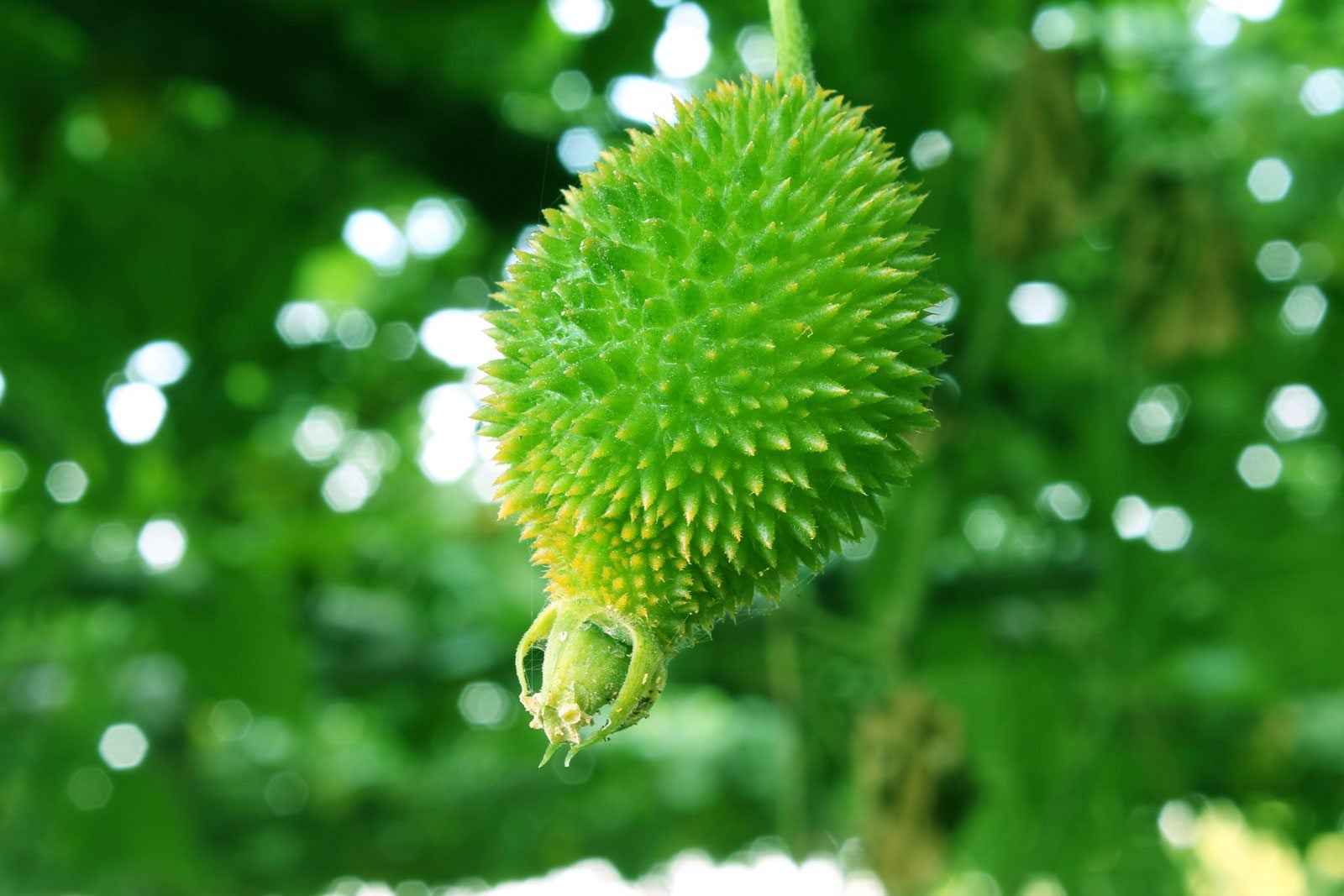
Upon this large blue orb we call home, there are a myriad of fruits and vegetables – many of which most of us have never heard. Amongst those lesser known are hedgehog gourd plants, also known as teasel gourd. What is a hedgehog gourd and what other teasel gourd info can we dig up? Read on to learn more.
What is a Hedgehog Gourd?
Hedgehog or teasel gourd (Cucumis dipsaceus) has many other names including (in English) hedgehog cucumber, tiger’s egg, and wild spiny cucumber. Native to eastern Africa, hedgehog gourd plants are widely grown in the coastal regions of India where they are called Kantola in Hindi and are available during the monsoon season-- late spring through summer. In fact, teasel gourd is so popular in the Konkani region on the western coast of India that it is used in many of the ritual dishes of the local monsoon festivals. Teasel gourd, known as Kakroll or Phaagil in various dialects in India, is an egg-shaped, yellow-green fruit of hedgehog gourd plants. The exterior of the fruit has a thick layer of soft spines with a crisp, juicy interior peppered with tiny seeds much like its cucumber cousin. It is used much like squash-- stuffed, fried, or pan fried.
Other Teasel Gourd Info
Teasel gourd is also said to have antibiotic properties and has long been utilized in Ayurvedic medicine to aid in blood circulation. It is most commonly eaten accompanied by rice. The most popular dish made with hedgehog gourd is called Phaagila Podi or teasel fritters. The outside of the gourd is first cut off and the fruit cut in half. The seeds are scooped out with a spoon and added to a mix of spices and chiles, which are then stuffed into each half of the gourd. Then the whole thing is dipped into batter and deep fried until golden brown. Sounds delicious! If you want to try teasel gourd, it isn’t likely that it will be easy to find, at least fresh. It is sold frozen in Indian markets, however, or you can try to grow your own. How does one grow teasel gourds?
How to Grow Teasel Gourds
Teasel gourds are tropical natives, so obviously you need a warm climate to propagate them. Teasel gourd propagation can be found in Hawaii and Baja California, if that gives you an idea of climate requirements. A warm and moist climate is optimal with acidic soil in sun to partial sun. Seed sowing is the usual method of teasel gourd propagation. Seeds may not be easy to find except through the Internet. Some varieties to look for are:
- Asami
- Monipuri
- Mukundopuri
- Modhupuri
Teasel plants are vining, so provide them with a sturdy support to climb on. Fertilize with food composed of equal parts nitrogen, phosphorus, and potassium initially and then side dress with nitrogen every two to three weeks until late summer, when you can reduce the amount of food and water. At this time the fruit will be finishing ripening and hardening off. When it's time to harvest the fruit, cut the gourd from the vine with a knife or shears, leaving a bit of the stem intact. Hedgehog gourds are fairly resistant to insects and diseases, and once harvested last quite some time. Teasel gourd is an interesting and delicious addition that will enliven both the garden and your palate.
Gardening tips, videos, info and more delivered right to your inbox!
Sign up for the Gardening Know How newsletter today and receive a free copy of our e-book "How to Grow Delicious Tomatoes".

Amy Grant has been gardening for 30 years and writing for 15. A professional chef and caterer, Amy's area of expertise is culinary gardening.
-
 Try The Trend – Turn Any Bed Into A Keyhole Garden With This Clever In-Ground Composter
Try The Trend – Turn Any Bed Into A Keyhole Garden With This Clever In-Ground ComposterKeyhole gardening is an efficient and sustainable practice that saves space. Get started on this DIY project quickly and easily with an in-ground composter.
By Bonnie L. Grant
-
 4 Superfast Composting Methods: Turn Waste Into Garden Gold In 30 Days Or Less
4 Superfast Composting Methods: Turn Waste Into Garden Gold In 30 Days Or LessTry the fastest composting methods to turbocharge your pile and transform kitchen scraps and garden waste into finished compost in just a few weeks.
By Mary Ellen Ellis
-
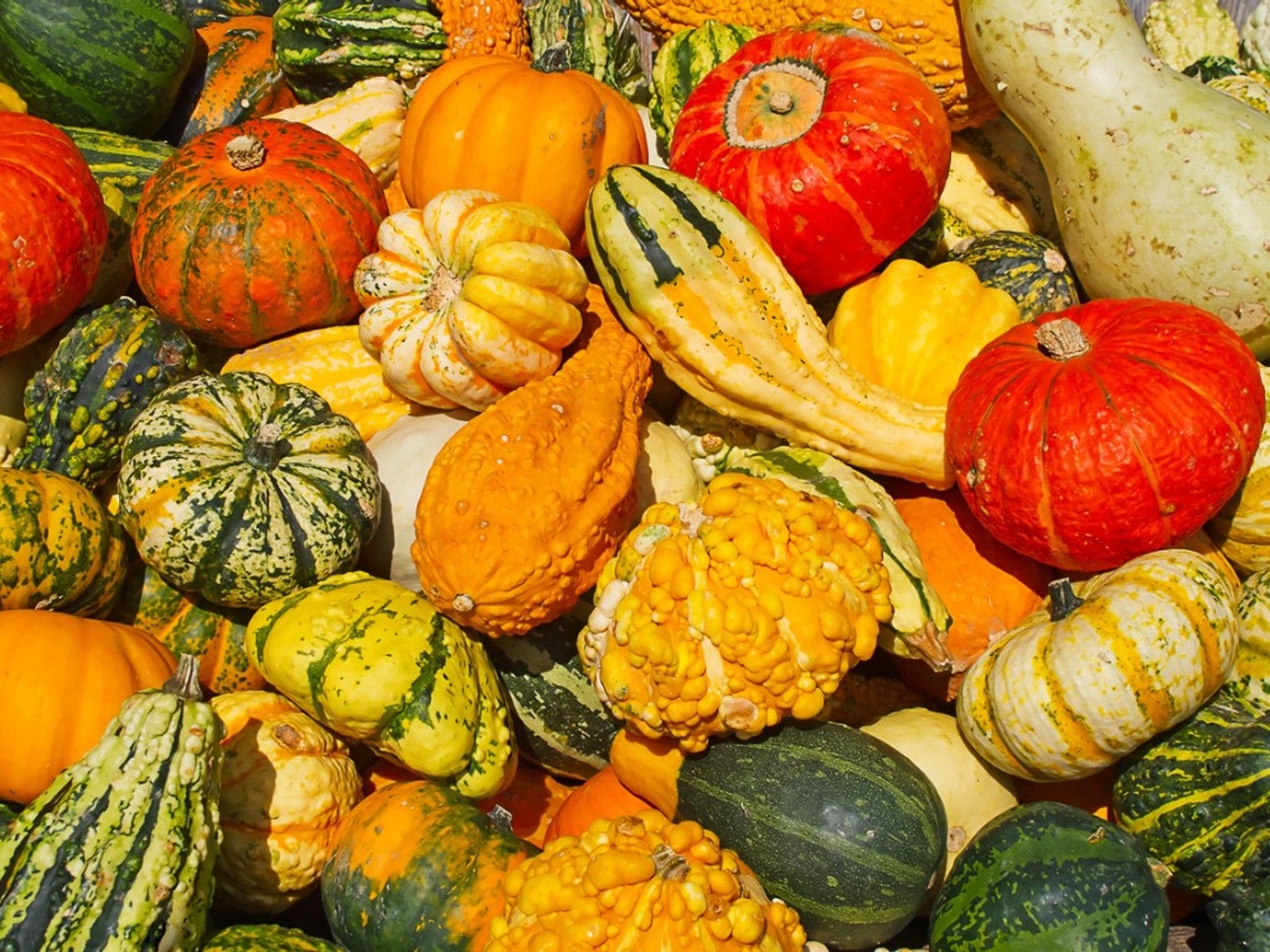 5 Ornamental Gourds To Try - Fascinating Gourd Varieties
5 Ornamental Gourds To Try - Fascinating Gourd VarietiesDid you know gourds were among the first plants cultivated by early humans? Here's our list of the five most fascinating gourds to grow.
By Laura Miller
-
 What Is A Fluted Pumpkin – Growing Nigerian Fluted Pumpkin Plants
What Is A Fluted Pumpkin – Growing Nigerian Fluted Pumpkin PlantsNigerian fluted pumpkins are consumed by 30 to 35 million people, but millions more have never even heard of them. Read on to learn about growing fluted pumpkins.
By Amy Grant
-
 Using Decorative Gourds: Learn About Things To Do With Gourds
Using Decorative Gourds: Learn About Things To Do With GourdsIf you're looking for ideas to put together ornamental gourd displays, click here. There are lots of things to do with gourds in autumn.
By Teo Spengler
-
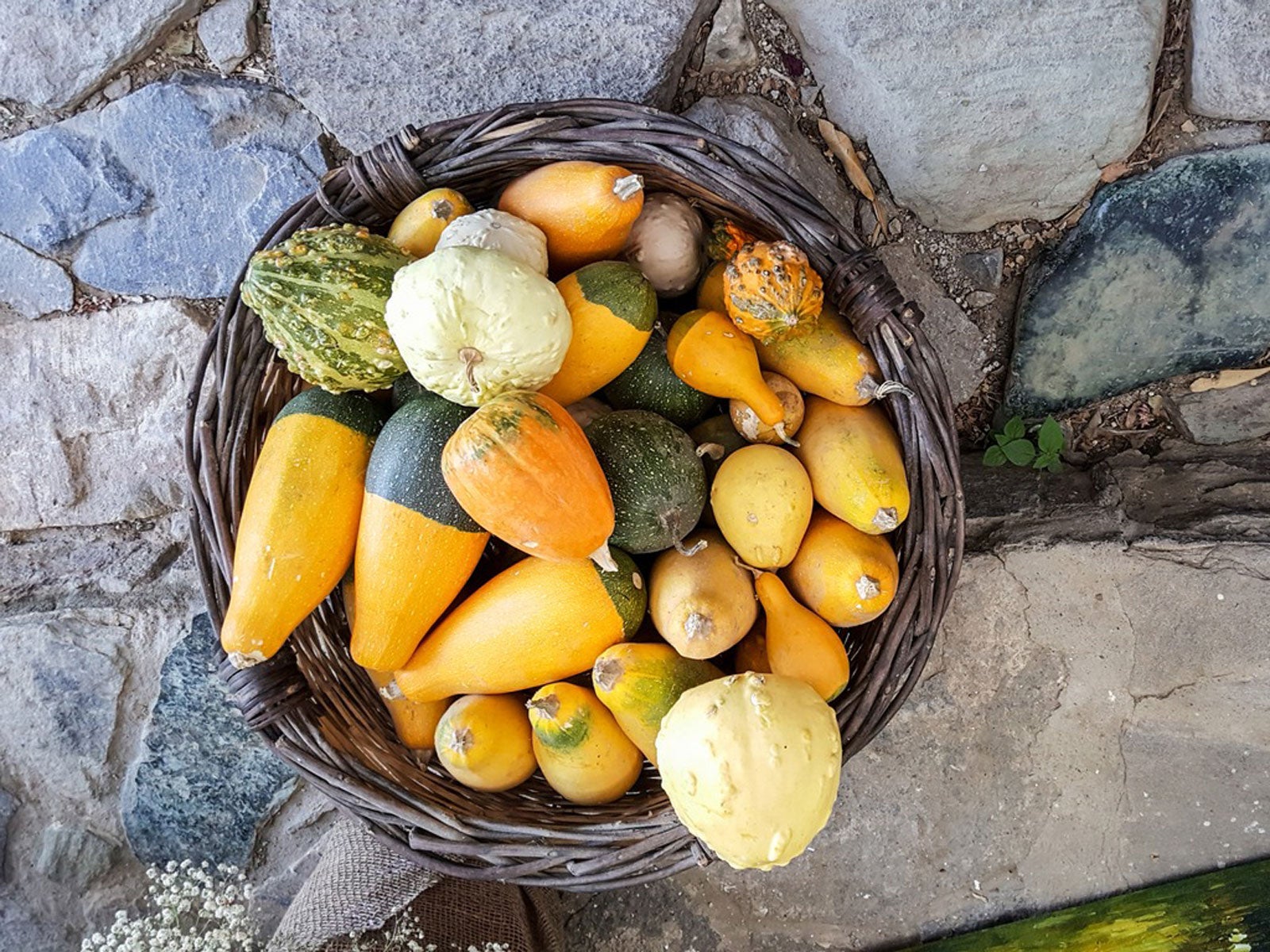 Are Gourds Edible: Learn About Eating Decorative Gourds
Are Gourds Edible: Learn About Eating Decorative GourdsFall signals gourds in every shape, size, and color. Related to squash and pumpkins, one may wonder, are gourds edible? Find out here.
By Bonnie L. Grant
-
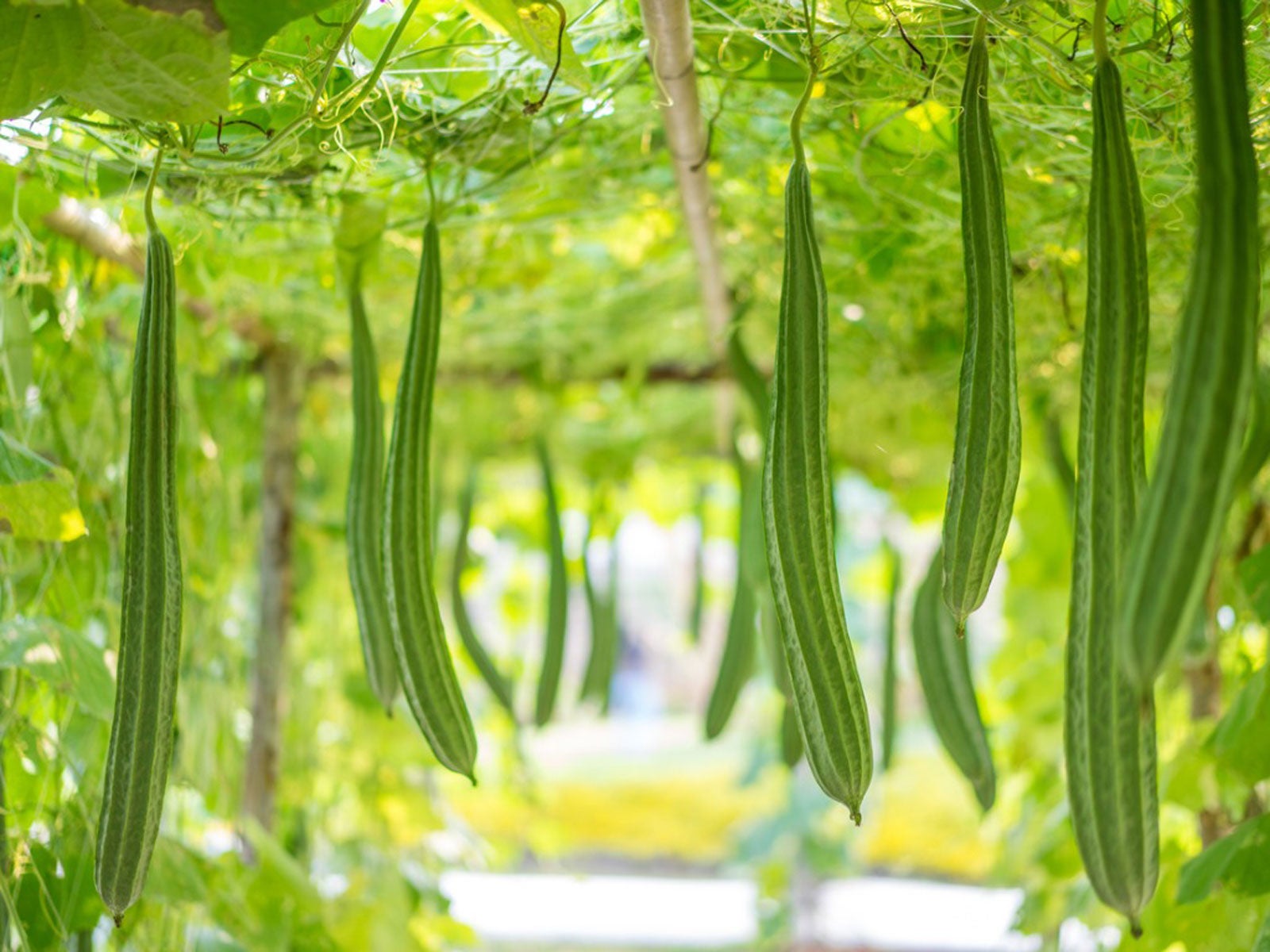 Luffa Pruning Tips: When Do Luffas Need Pruning
Luffa Pruning Tips: When Do Luffas Need PruningLuffa plants are also easy to grow, but do they need pruning? Pruning luffa vines isn't necessary but can help young plants. Learn more here.
By Bonnie L. Grant
-
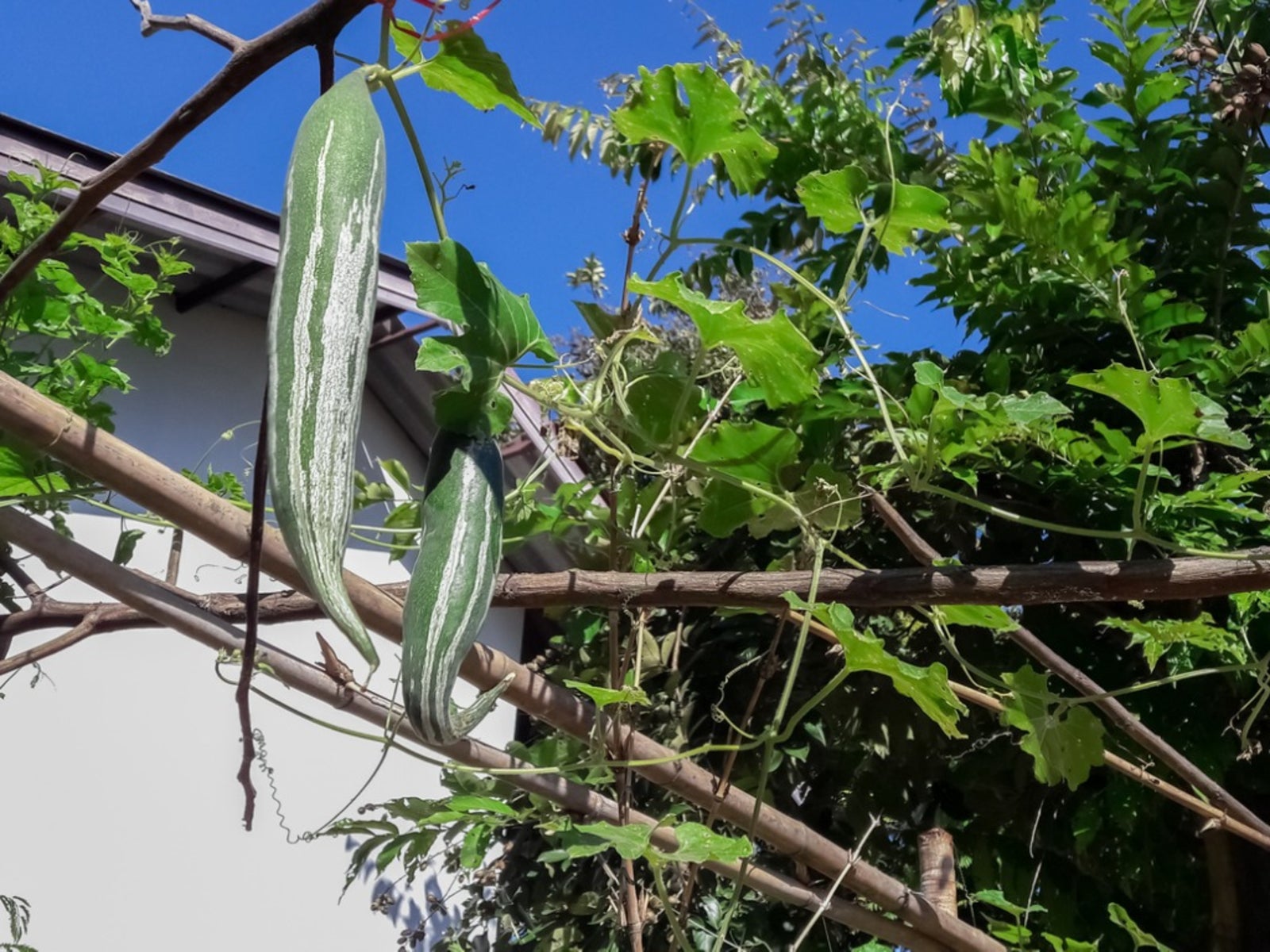 What Is A Snake Gourd Plant: Snake Gourd Info And Growing
What Is A Snake Gourd Plant: Snake Gourd Info And GrowingLooking eerily akin to dangling green serpents, snake gourds are not an item you see every day. What is a snake gourd and how do you care for a snake gourd plant? Read here to learn more.
By Amy Grant
-
 Growing Gourd Plants: Learn How To Grow Gourds
Growing Gourd Plants: Learn How To Grow GourdsGrowing gourd plants is a great way to add variety to the garden. There are many types to grow and just as many things you can do with them. Learn more about how to grow gourds in this article.
By Susan Patterson
-
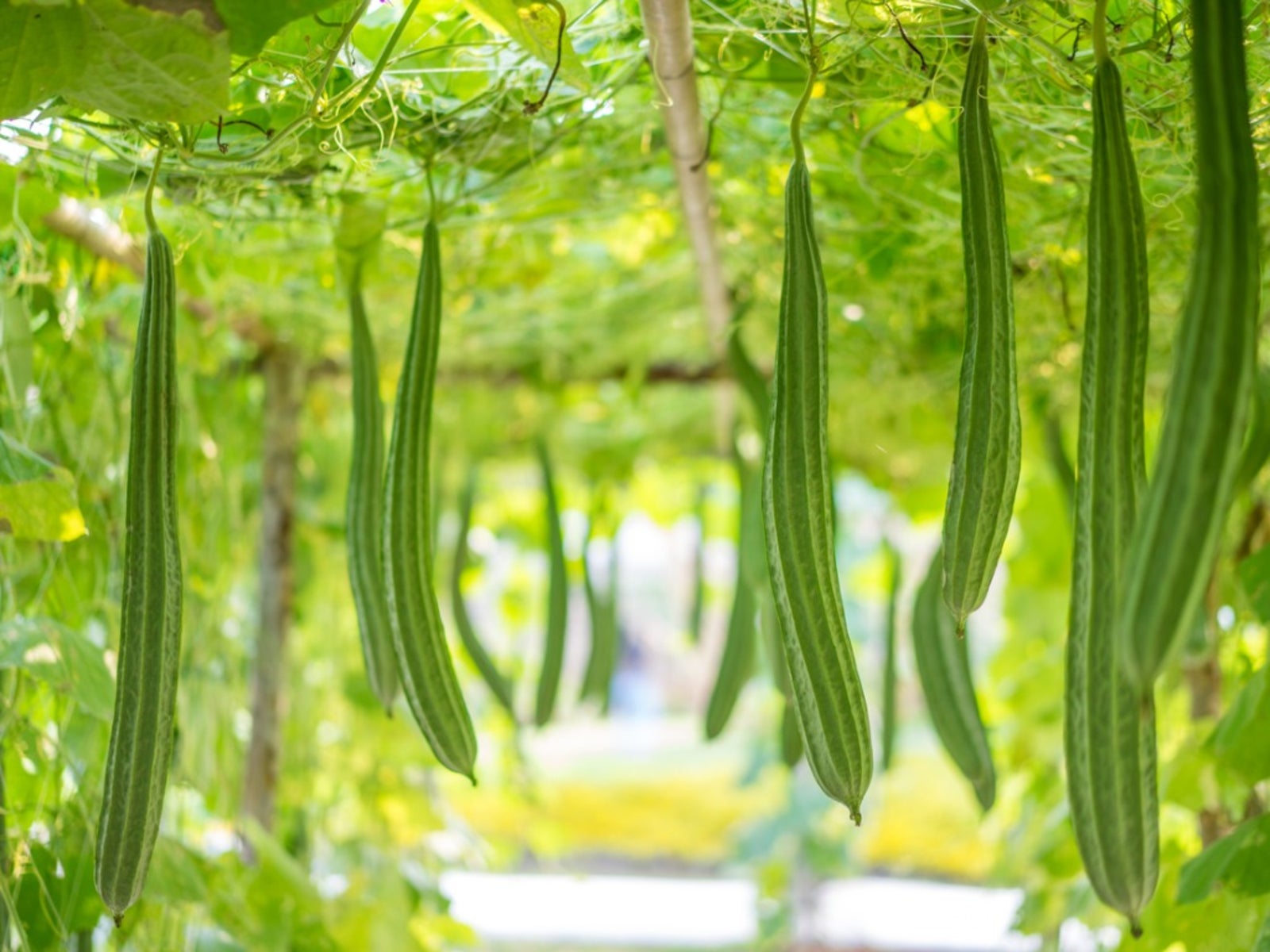 Luffa Plant Care: Information On Luffa Gourd Planting
Luffa Plant Care: Information On Luffa Gourd PlantingYou've likely heard of a luffa sponge and may even have one in the shower. But did you know you can also try your hand at growing luffa plants? Learn more about a luffa gourd and how to grow it in this article.
By Susan Patterson